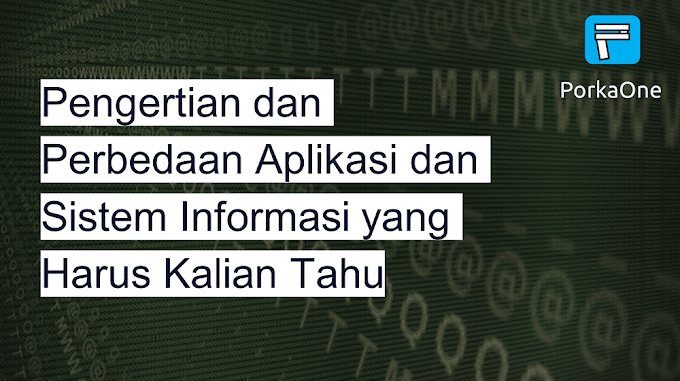Hello everyone, welcome back to porkaone. On this occasion, we will review what face recognition technology is, its history, how it works, and what its functions are. Come on, follow the article below.
What is Face Recognition
Face recognition is a technology that allows a computer system to store facial indicator data into a database and then determine whether the system recognizes the person or not.
Face recognition technology has many advantages related to recognizing a person's face using the system. One of them is Giving access to people whose faces are registered in the system. In addition, in some developed countries, facial recognition is also used as additional security to protect important places, such as airports and government agencies from intruders or fugitives.
By comparing the personal data detected by the camera and matched with a database, the system can quickly identify the whereabouts of a person related to a crime, so that it can be more easily traced. Surveillance cameras built with an integrated facial recognition system will also easily track fugitives or international terrorists.
History of Face Recognition
The history of facial recognition began in 1964 by Woody Bledsoe, Helen Chen Wolfe and Charles Beeson to recognize a person's face, but because it was funded by intelligence agencies, the results of this work were never officially published, even so, the work they produced became the forerunner of computer systems. to recognize important objects on the face, such as lips, eye shape, and nose.
They used computer calculations and mathematical rotation methods to determine a person's face from various shooting angles. At Goldstein in the '70s, Harmon and Lesk used basic object recognition from Bledsoe and his friends and added details such as hair color and lip thickness. In the late 1980s, Sirovic and Kirby began using linear algebra to solve facial recognition problems.
In the early 1990s, the Defense Advanced Research Projects Agency (DARPA) and NIST launched the Facial Recognition Technology (FERET) program for the commercial market. In 2017, Apple became the first company to use facial recognition in smartphone technology such as FaceID to unlock the phone on the iPhone X.
How Face Recognition Works
Humans can easily recognize the people they know. We can recognize our parents just by looking at their backs. We can recognize our relatives just by looking at their dress habits. And of course we can recognize a person's name by looking at his face.
Without realizing it, we have basically applied biometrics to identify other people. Our brains already have facial recognition algorithms and store a database of faces of people we meet in our brains. We can recognize other people's eyes, nose, lips and other physical signs and can quickly identify who they are.
This way of working is then adopted by the face recognition system. Our ability to recognize other people is imitated by computer systems to form algorithms and store them in a database. In the United States, half of adult faces are stored in databases, so that when the system detects a fugitive caught on camera in public places, law enforcement can take action more quickly.
Use of Face Recognition
As mentioned above, the facial recognition method has many advantages in recognizing a person. In this world of technology, the use of facial recognition is very useful to speed up granting access to those who have access to the system. For example:
1. Smartphones: People don't need to create password locks based on a combination of numbers or patterns.
2. Computer: No need to enter password in Windows system.
3. Banks: Provide customers with access to online banking systems.
4. Office: As employee attendance when entering and leaving the office.
5. Special places: Only give access to people who have the right to visit certain locations.
A few short articles about the meaning of face recognition, a brief history, and its use. Hopefully this short article is useful. If you have any questions, please leave your message in the comments column below. See you in another cool tech article.







0 Comments
Come on ask us and let's discuss together
Emoji